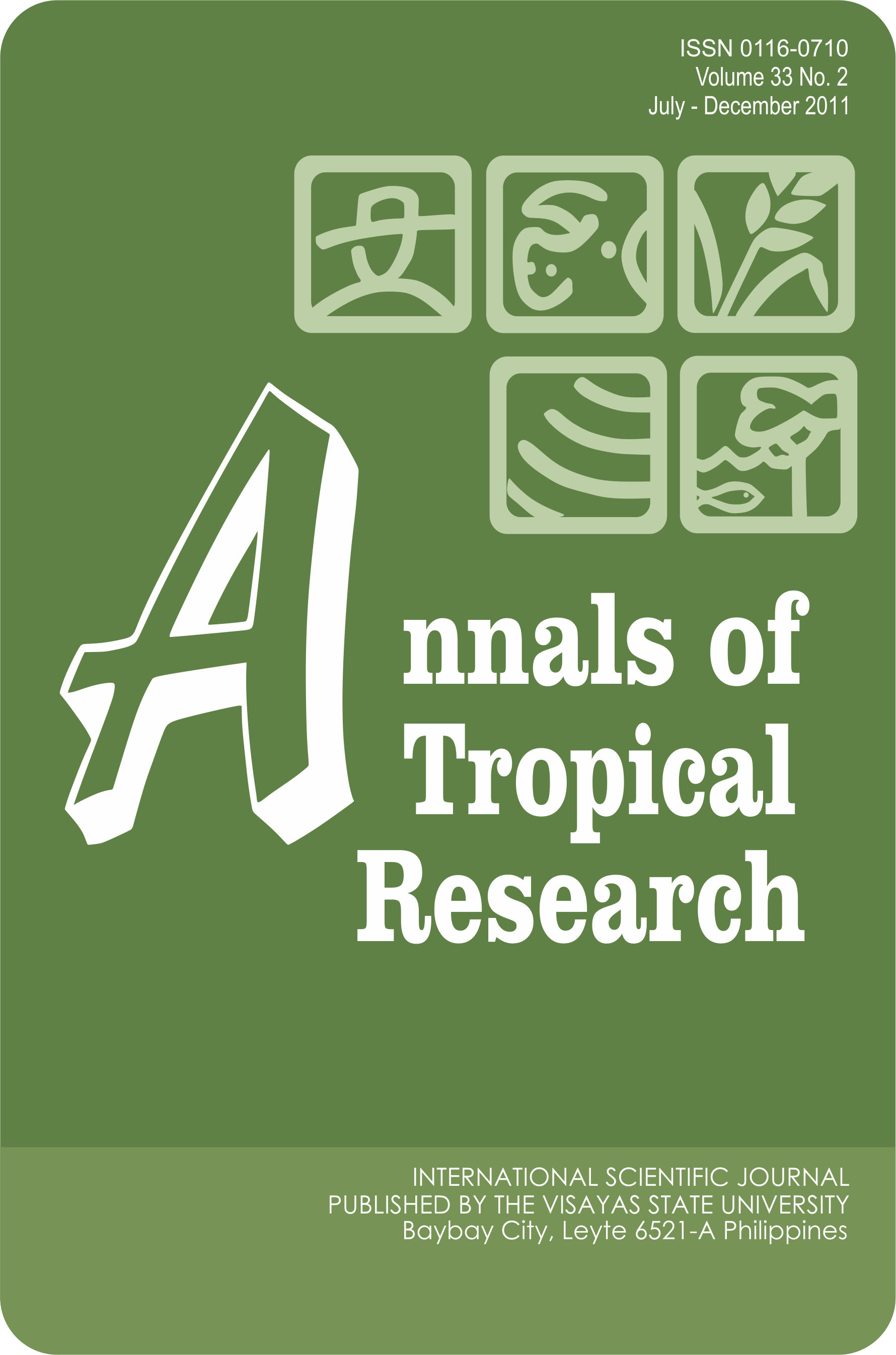The Status of Floristic Analysis of Mt. Pangasugan, Leyte, Philippines – a Conservation Priority Area Claasified as “Extremely High Critical”
DOI:
https://doi.org/10.32945/atr3321.2011Keywords:
bryophytes, spermatophytes, pteridophytes, Leyte Cordillera, plant collections, vascular plant speciesAbstract
The island of Leyte in the Eastern Visayas takes a central position between the Philippines main islands of Luzon and Mindanao. It is characterized by the Leyte Cordillera, which is part of the Philippine fault line. Within the Leyte Cordillera, Mt. Pangasugan takes an exceptional role since it provides a catena from lowland forest remnants on its foothills to mossy forest on its summit at 1158 m a.sl.. Recently, Mt. Pangasugan has been identified as conservation priority area classified as of ‘extremely high critical’ level.
Mt. Pangasugan has been the focus of comprehensive botanical studies within the last few years. We present the current status of the floristic assessment of the mountain and introduce the Visayas State University Herbarium, located at the foot of Mt. Pangasugan, where the majority of collected specimens are deposited. At present, the Herbarium houses c. 6100 specimens, 3000 of them originating from the primary forest of Mt. Pangasugan. Based on the present status of specimen processing and identification they represent 115 families, and 418 genera of Angiosperms, 2 families, 2 genera, and 3 species of Gymnosperms, 27 families and 64 genera of Pteridophytes, and 3 classes, 38 genera and 51 species of Bryophytes. The number of vascular plant species represented in the VSU Herbarium can safely be estimated at c. 800-1000. Given the small overall sampling area intensively studied so far these figures can be assumed as representing just a fraction of the total floristic richness of the area.
Downloads
Submitted
Published
How to Cite
Issue
Section
License

This work is licensed under a Creative Commons Attribution-NonCommercial-ShareAlike 4.0 International License.











